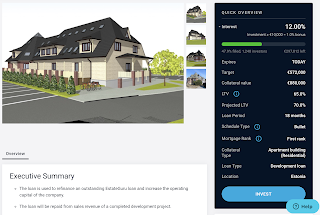Merch?

Lot of blogs offer their own created merchandise, but I am an engineer and I feel more productive advising you on risks and returns than to design your summer T. That's why I want to suggest you someone else work the I find nice and easy: StockTwits is the largest social network for investors and traders, with over two million registered community members and millions of monthly visitors. StockTwits was founded in 2008, with a mission to connect regular investors and traders with each other so they can profit, learn, and have fun. StockTwits is the inventor of the cashtag (e.g. $AAPL ) and they have a small shop with interesting items. Let me you know in the comment section if you like them as well! And what about all those gains you made with P2P? Compounding is incredible but sometimes we need a pause from our FIRE lifestyle, innit? GOAT and StockX are two sneaker marketplace where you can find new and used authentic kicks. StockX deals ...




